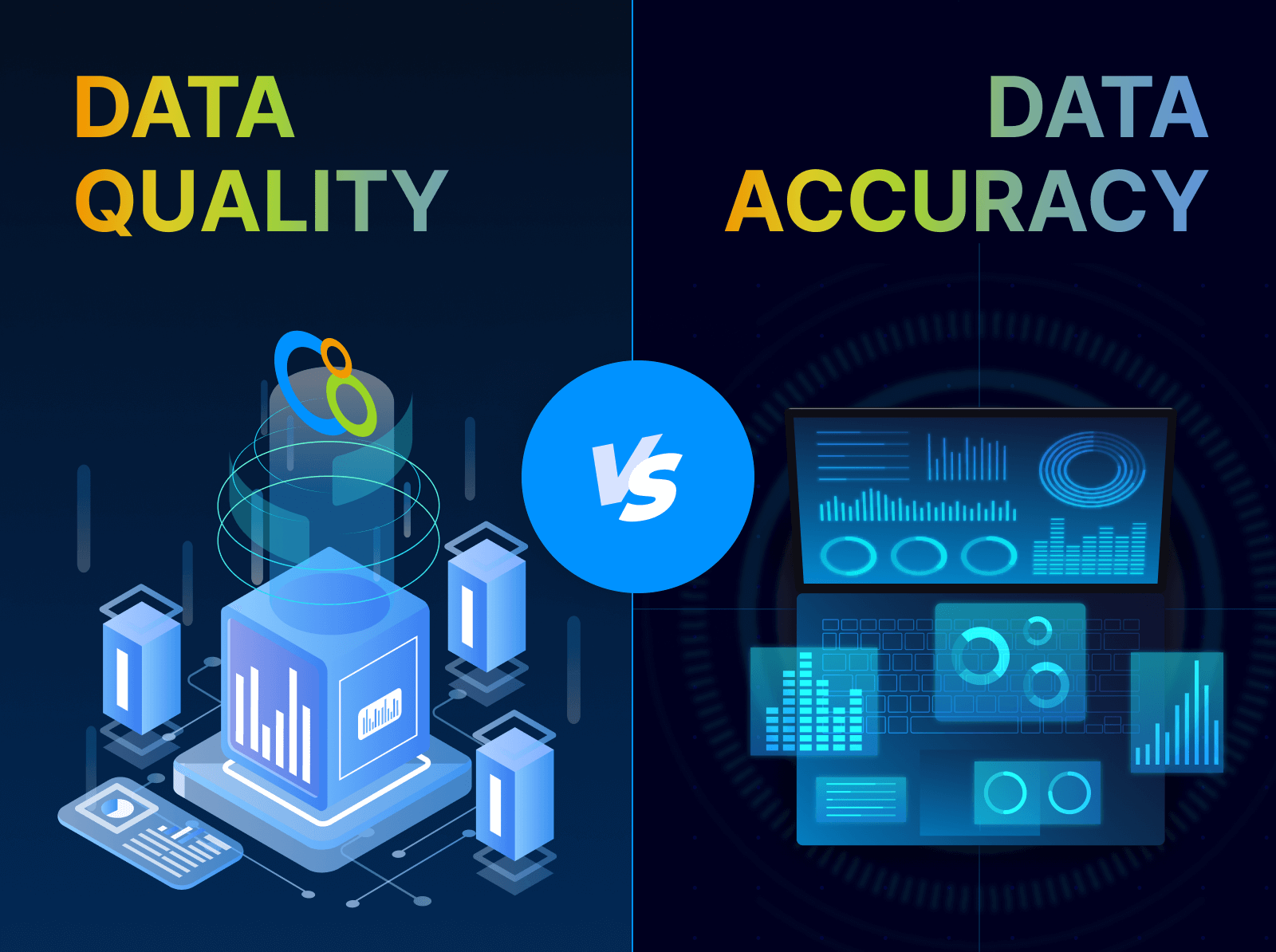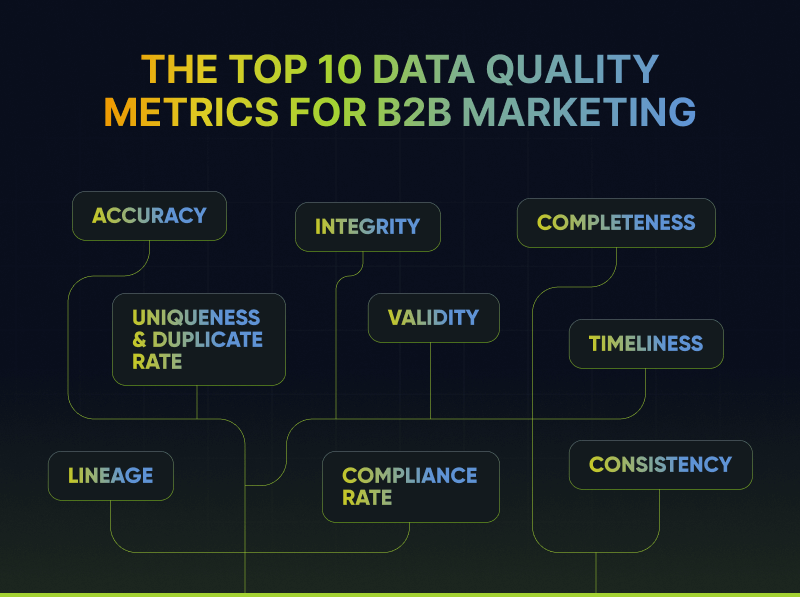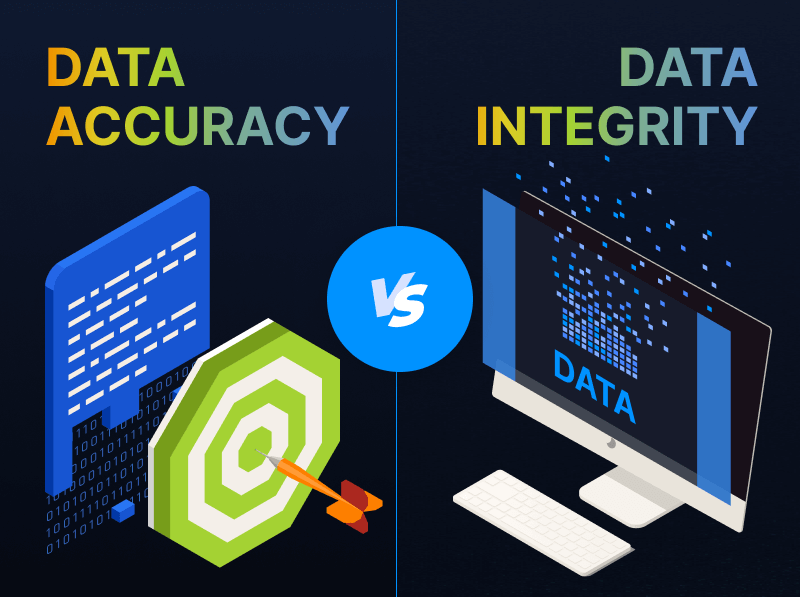5 Things You Need to Know About the Impact of Bad Lead Data
In the competitive arena of B2B marketing, leads are the lifeblood that sustains growth and profitability. However, not all leads are created equal, and bad leads can leak precious resources, diminishing ROI and muddling market reputation. Marketing Operations Leaders recognize that in an ocean of data, quality trumps quantity. Here’s are just a few of the costs associated with bad leads that you should be aware of:
1) Costs can increase by up to 25% per lead
The presence of inaccurate data, as highlighted by James Libera in his article “The Real Cost of Bad Data & Its Impact on Sales & Marketing,” flawed data can deeply affect B2B organizations. Increased instances of inaccurate lead data may result in a 25% rise in cost per lead (CPL), significantly diminishing marketing budget, and increasing your CAC.
According to an article posted by Harvard Business Review, IBM estimates cost of poor quality data, in the US alone is a massive $3.1 trillion per year. This figure underscores the gravity of the issue and the urgent need for businesses to improve their data quality management practices.
2) It is expensive to get bad data out of your systems
Addressing the cost implications of rectifying bad lead data further emphasizes the importance of quality in data management. Gartner estimates poor data quality costs organizations an average of $12.9 million a year. This substantial financial burden encompasses the direct costs of cleansing data, alongside the indirect costs related to lost opportunities and diminished sales effectiveness.
In light of these findings, it becomes unmistakably clear that the investment in robust data governance and validation tools and processes not only mitigates these costs but also positions organizations for enhanced efficiency, profitability and compliance.
3) IP reputation management becoming more difficult
Internet Service Providers (ISPs) play a crucial role in this process. They use your IP reputation to decide whether your email should land in the recipient’s inbox or get filtered into the spam folder. If your campaign includes targeting contacts from purchased lead lists, or list uploads into your CRM, etc. you may be risking your IP reputation.
The introduction of new anti-spam laws by Google and Yahoo means B2B marketers will need to be more aware of the rules to avoid being added spam blocklist databases. B2B marketing and sales applications have put a lot of energy into working seamlessly together, which actually exacerbates the problem.
4) SDR’s missing your good leads
Behind every cold call, email, or social media outreach, there’s a human effort aiming for conversion. It’s the relentless pursuit of turning potential leads into valuable customers that drives these efforts. Unfortunately, bad leads can result in wasted hours, with Business Development Representatives (BDRs) and Sales Development Representatives (SDRs) investing time chasing after uninterested, unqualified prospects instead of focusing on promising opportunities.
Imagine a day in the life of your SDR. If they have to sort through multiple leads to find a good lead, your overall conversion rate will suffer, and your best leads aren’t being worked as quickly as possible. Many marketers focus on the conversion rate of their good leads and don’t realize they can drive that number higher by turning down the volume of leads handed to the SDR Team.
5) Impacts on team trust, morale, and efficiency
The negative impact of inaccurate lead data goes far beyond financial consequences. It can severely damage team trust and morale. Sales teams pursuing unreliable leads not only waste time but also undermine trust in marketing efforts and team spirit. This demoralization can quickly spread, draining the team’s energy and effectiveness. It’s like sending soldiers into battle without a clear enemy or plan. A team that is demoralized not only impedes productivity but also creates a negative work environment that hinders collaboration and innovation. It is crucial for leaders to address demotivation promptly through open communication, support, and recognizing team members’ efforts to foster a positive and productive team culture.
Conclusion
The stark reality of these insights cannot be ignored. As Marketing Operations professionals, you stand at the forefront of defending and advancing the interests of your organization in a tumultuous market landscape. The cost of bad lead data—be it through increased CPL, wasted resources, or the erosion of team spirit—is not just significant; it’s a preventable drain on your company’s potential for growth and innovation. Now is the time to prioritize investment in high-quality data practices, harness cutting-edge validation tools, and foster a culture of data accuracy. By doing so, you’ll safeguard your marketing strategies against the pitfalls of bad data, driving sustainable growth and bolstering your competitive edge. Assert control over your data quality, and ensure your organization’s future is not compromised by the avoidable costs of inaction.









